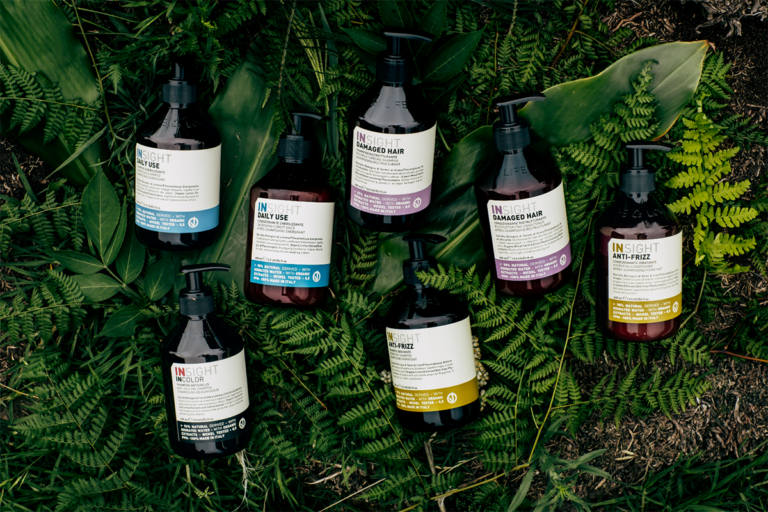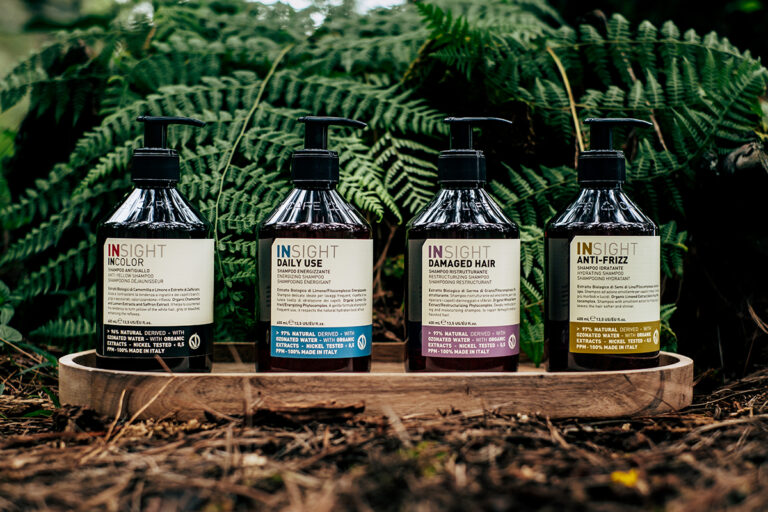To make informed decisions about the best treatment of acne, we need to consider what causes the condition. Ideally, the sebaceous glands in our hair follicles produce natural moisturising oils which keep our skin and hair hydrated, but over-active sebaceous glands can make us prone to acne, especially when the oil becomes clogged in the follicle or mixed with dead skin cells. Acne is essentially an inflammatory condition, and on the whole the most effective treatment approaches are those which reduce or eliminate inflammation. So what active ingredients should we be looking for in acne-fighting products?
Benzoyl peroxide is one of the most widely used and successful treatment ingredients; it kills bacteria, removes excess oil, and exfoliates dead skin cells. Benzoyl peroxide works in two crucial ways: as an antiseptic which prevents inflammation by introducing oxygen into the pores to destroy the bacteria which cause breakouts, and then by increasing skin turnover to keep pores free of dead skin cells. Different products contain different strengths of the compound, but stronger isn’t always better; too much of it can dry out and irritate the skin. Experts recommend starting with a product containing no more than 2.5% benzoyl peroxide.
Salicylic acid is particularly effective in penetrating the hair follicle to exfoliate from deep within, encouraging the shedding of dead skin cells and helping to keep the pores clear. Salicylic acid has potent anti-inflammatory properties, and is generally well tolerated by those with sensitive or dry skin. It’s best applied in concentrations of between 0.5% and 2%, and can safely be used in conjunction with benzoyl peroxide. Products containing salicylic should be used continuously (rather than occasionally) for best results.
Glycolic acid (or alpha-hydroxy acid – AHA) is a natural anti-ageing compound that targets the dead skin cells causing clogged pores, making it easier to exfoliate them while stimulating the production of new cells. AHAs should be used with care and in concentrations of no more than 8% as they can heighten skin sensitivity, but they are good for encouraging the growth of new, smoother skin.
Sulphur, generally used in combination with other ingredients, is an anti-bacterial cleansing agent that removes the dead skin cells and helps absorb excess oil and reduce inflammation. A naturally occurring pure mineral found near hot springs and volcanic areas, sulphur (once known as brimstone) has been used as an acne treatment for centuries. It’s not recommended for extremely dry or sensitive skin, and in higher concentrations it can stain fabric or even skin with a faint yellow colour.
Tea tree oil (also called melaleuca alternifolia leaf oil) is a natural and effective blemish-fighter that has potent antibacterial and anti-inflammatory properties. Research has shown that 5% tea-tree oil can have results comparable to 5% benzoyl peroxide, though it works at a slower rate than man-made equivalents. The oil should be used externally only – it can be toxic if drunk.
Topical retinol is a vitamin A derivative which rejuvenates the skin by stimulating the production of collagen and exfoliating dead skin cells to improve and prevent blemishes at the same time as combatting signs of ageing. Some retinol products contain ingredients that can actually clog pores, so be sure to choose ones that are designed for acne-prone skin.
Overall, if you’re not sure what to use, experts recommend that you start with a product containing benzoyl peroxide in low concentrations. If necessary you can gradually increase the strength and frequency of applications over several weeks, to allow your skin to adjust to the treatment. You may find it helpful to use a combination of products and ingredients, applying one product in the morning and another at night to avoid skin irritation. Always do a test-run on a small patch of skin first to check for allergic reactions. Experiment to find out what works for you, and be patient; it can take two or three months of daily use before you see results and the condition may even look worse before it starts to improve. A gentle, non-irritating skincare routine that you follow consistently to treat and prevent breakouts is the best route to achieving clear, blemish-free skin.
Other articles you may be interested in:
Is there a link between acne and dairy?
How can I treat acne scars?
Acne 101
Our top five teen cleansers
My oily skin is giving me breakouts, help!





5 Responses
I have also tried so many products for long and nothing really works. Thank you for the article it’s informative.
I’ve used ±5 products and none of them have worked :-( … I’m going to use what I’ve read here & if it doesn’t work I’m giving up!!!
Great advice for those that have been struggling with the overload of wishy washy content that’s out there. Being aware of what you use, eat and how you treat your skin is the first start.
Very good article. It’s good to know what key ingredients acne fighting products should have.
I had no idea that Sulphur could be used to treat acne. Well I learnt something new.